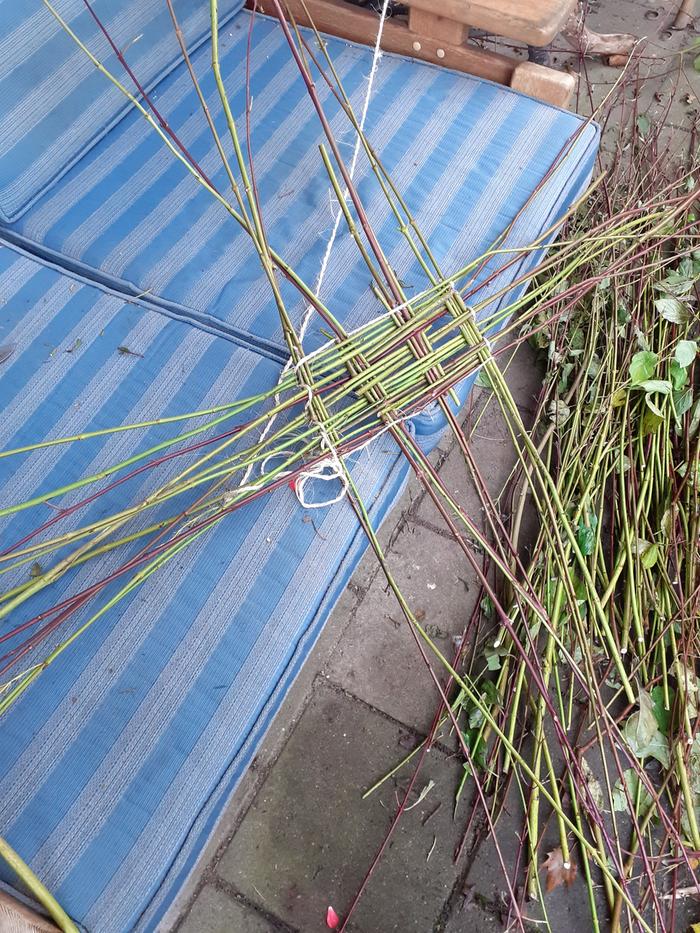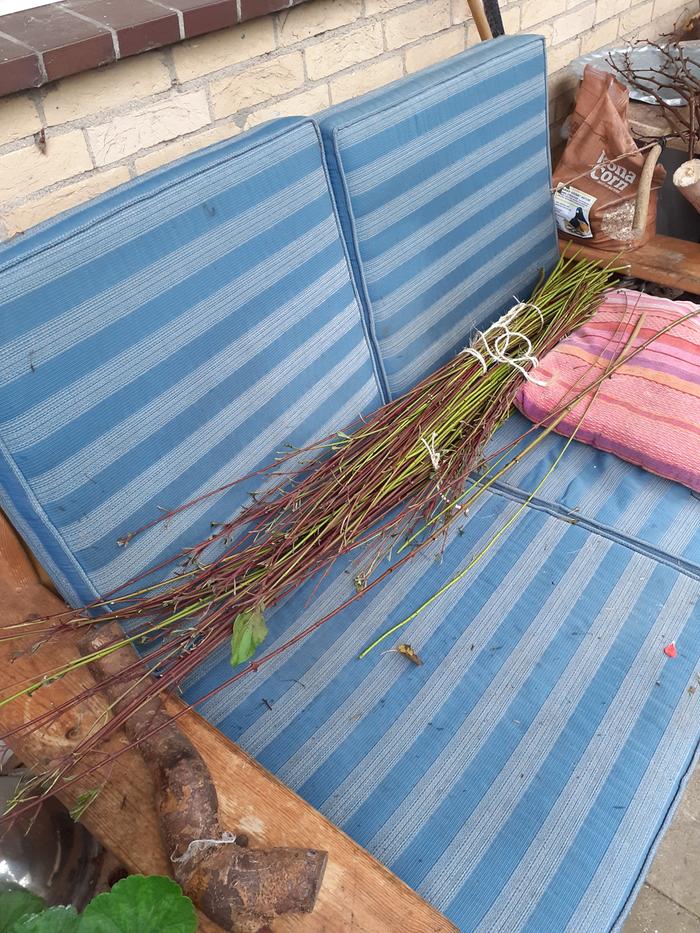
 7
7





"Also, just as you want men to do to you, do the same way to them" (Luke 6:31)

 5
5




How Permies works: https://permies.com/wiki/34193/permies-works-links-threads
My projects on Skye: The tree field, Growing and landracing, perennial polycultures, "Don't dream it - be it! "






 8
8





"Also, just as you want men to do to you, do the same way to them" (Luke 6:31)
 3
3




Zone 6, 45 inches precipitation, hard clay soil










 4
4




May Lotito wrote:The dogwood branches look quite smooth and even. Do you need to dry them first tgen soak before use just like working with willows? I see many youtubers just start with raw materials and get the projects done before the vines etc have time to dry out. It can be challenging for beginners when it takes days or weeks to finish.
"Also, just as you want men to do to you, do the same way to them" (Luke 6:31)
 8
8




Zone 6, 45 inches precipitation, hard clay soil




 8
8




This is all just my opinion based on a flawed memory

My wife and I just about died doing the AT. I can’t imagine the PC.






 9
9




Ben Zumeta wrote:When I thru-hiked the Pacific Crest Trail, many fellow hikers felt the need to add some extra difficulty to their 2658mi journey by adding challenges like carrying plastic pirate swords. One guy did the whole walk in a series of wedding dresses. I thought a much more appropriate and elucidating challenge would be to do it with all pre-industrial gear and clothing. I think a metal knife made the old fashioned way might qualify, but natural clothing and pack fibers only. While most natural materials would eventually absorb water and weight, this shed light on just how “back to nature” we really were, and how people truly living with the land functioned.
"Also, just as you want men to do to you, do the same way to them" (Luke 6:31)






 7
7





"Also, just as you want men to do to you, do the same way to them" (Luke 6:31)
 3
3




Zone 6, 45 inches precipitation, hard clay soil




Sorry I forgot that's private. I will load some pictures in the secret minion thread quickly then come up with a regular thread.






 3
3




May Lotito wrote:It's exciting to learn new skills!
I notice that you are weaving a square bottom with basket weave while the sketch has a half cylinder shape. How do you plan on attaching the sides to the bottom? Will there be thicker long branches running throughout?....
"Also, just as you want men to do to you, do the same way to them" (Luke 6:31)
 2
2




Zone 6, 45 inches precipitation, hard clay soil










 3
3




May Lotito wrote:The combination of plant materials sounds fantastic! Hazel rod is so wonderfully strong and straight. Are you going to use split wood from it too? And will the backpack have a cloth lining?
"Also, just as you want men to do to you, do the same way to them" (Luke 6:31)

|
Anderson gave himself the promotion. So I gave myself this tiny ad:
The new purple deck of permaculture playing cards
https://www.kickstarter.com/projects/paulwheaton/garden-cards
|








